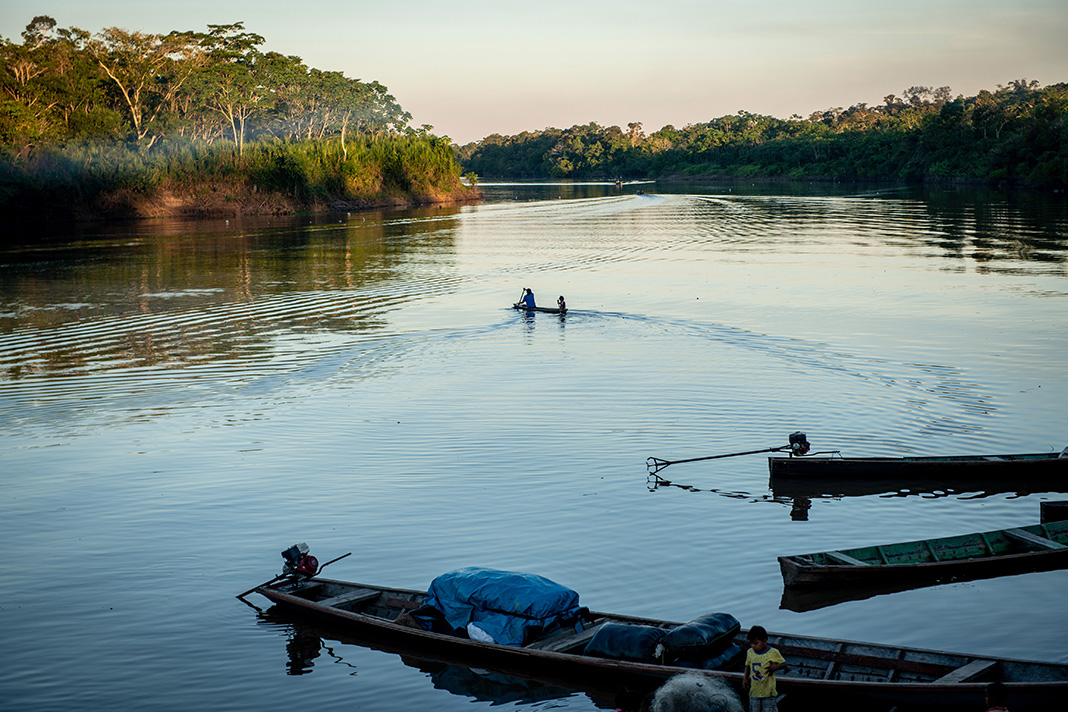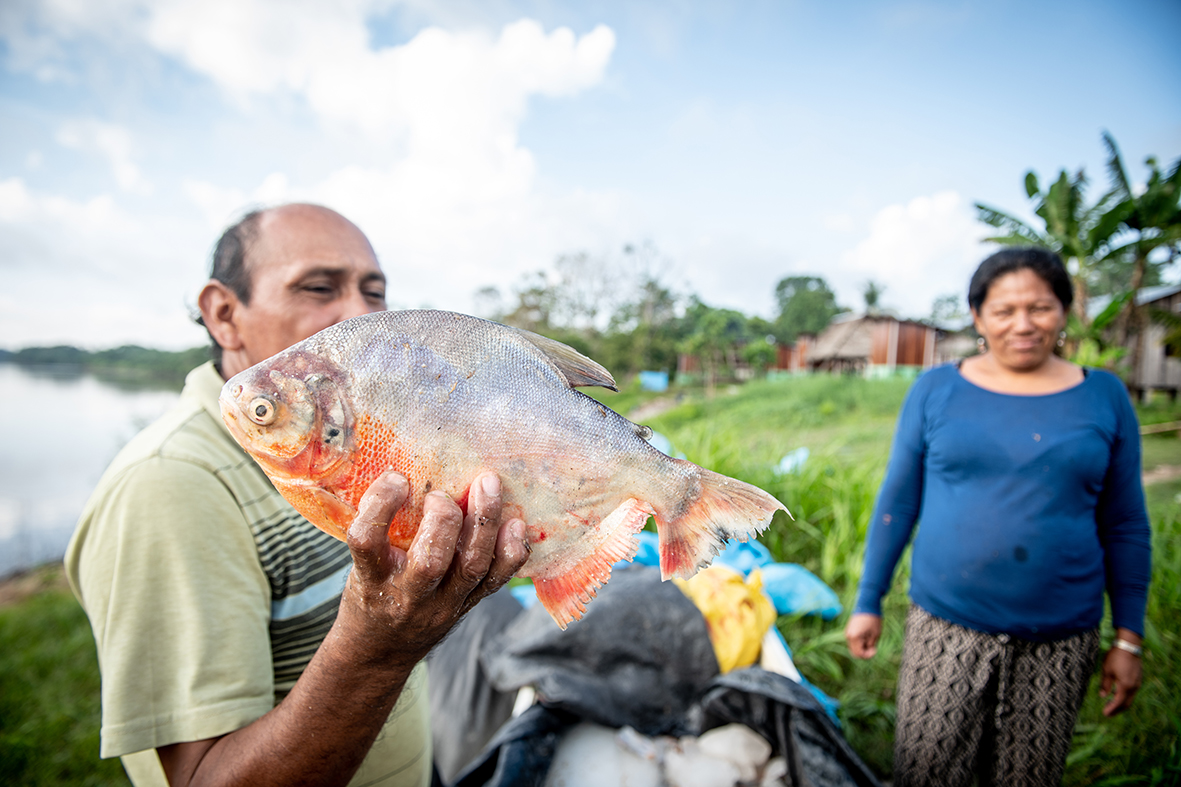SDG 14: Life Below Water
We foster new life below water by securing rivers and streams
The ocean is the largest ecosystem on the planet. It regulates the climate system and supports the global economy, nutrition, health and wellbeing. Due to human activities and climate change, oceans are experiencing habitat loss. The general decline in ocean health is challenging food security and other basic human needs. Rivers and streams commonly run through forests on their way to the ocean. Mangrove forests provide important nurseries for marine life and are crucial to both coastal and offshore fisheries. Thus, forests influence both their immediate surroundings and the stability of the wider environment.
Deforestation and degradation of forests creates erosion, sending sediments downstream that can block the sunlight coral reefs need to thrive. Other aspects of land management also lead to the destruction of marine habitats, including pollution from fertilizers and pesticides, dredging, draining of wetlands, and coastal development.
Securing and expanding forest area and ensuring that forests are well-managed supports the goal to reduce marine pollution from land-based activities.

FSC forest management requirements and FSC features that contribute to goal 14 Life below water:
• FSC’s Principles and Criteria
• FSC’s national forest management standards
Sources and more information:
http://www.fao.org/docrep/T0178E/T0178E02.htm
https://www.nationalgeographic.com/environment/oceans/critical-issues-m…
http://www.fao.org/forestry/43810-05bc28890480b481d4310a3c5fe8a1003.pdf
https://sustainabledevelopment.un.org/content/documents/2449249373e.pdf












